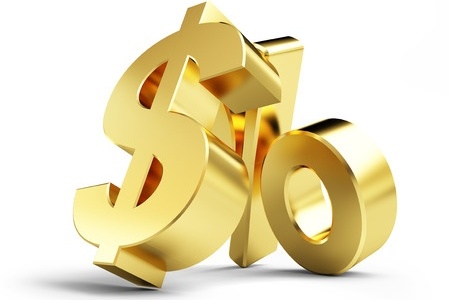
Fed Holds Rates Steady, no Hikes in Coming Months
The Federal Reserve left its key interest rate unchanged and signaled that it’s unlikely to either raise or cut rates in coming months amid signs of renewed economic health but unusually low inflation.
The Fed left its benchmark rate – which influences many consumer and business loans – in a range of 2.25% to 2.5%. Its low-rate policy has helped boost stock prices and supported a steadily growing economy.
A statement from the Fed spotlighted its continuing failure so far to lift annual inflation to at least its 2% target rate. The Fed’s preferred 12-month inflation barometer is running at about 1.5%. In pointing to persistently low inflation, the statement might have raised expectations that the Fed’s next rate change, whenever it happens, could be a rate cut. The Fed cuts rates when it’s trying to stimulate inflation or growth.
But at a news conference later, Chairman Jerome Powell declined to hint of any potential coming rate cut. He suggested, in fact, that the current too-low inflation readings may be transitory or might not be fully capturing real-world price increases.
“The committee is comfortable with our current policy stance,” Powell said.
In its statement, the Fed announced a technical adjustment to reduce the interest it pays banks on reserves as a way to keep its benchmark rate inside its approved range, rather than at the upper end of that range.
The central bank’s decision to make no change in its rate policy – approved on a 10-0 vote – had been expected despite renewed pressure from President Donald Trump for the Fed to cut rates aggressively to help accelerate economic growth.
The Fed sketched a more upbeat view of the economy, saying “economic activity rose at a solid rate.” In March, the Fed had said it appeared that growth had slowed from the fourth quarter of last year.
The generally brighter outlook for the economy and the stock market represents a sharp rebound from the final months of 2018, when concerns about a possible global recession and fear of further Fed rate increases had darkened the economic picture. Stock prices tumbled late last year, especially after the Fed in December not only raised rates for the fourth time in 2018 but suggested that it was likely to keep tightening credit this year.
Yet starting in January, the Fed engineered an abrupt reversal, suggesting that it was finished raising rates for now and might even act this year to support rather than restrain the economy. Its watchword became “patient.” And investors have responded by delivering a major stock market rally.
The market gains have also been fed by improved growth prospects in China and some other major economies and by the view that a trade war between the world’s two biggest economies, the United States and China, is nearing a resolution.
Last week, the government reported that the U.S. economy grew at a surprisingly strong 3.2% annual rate in the January-March quarter. It was the best performance for a first quarter in four years, and it far surpassed initial forecasts that annual growth could be as weak as 1% at the start of the year.
Source: Associated Press by Martin Crustinger




